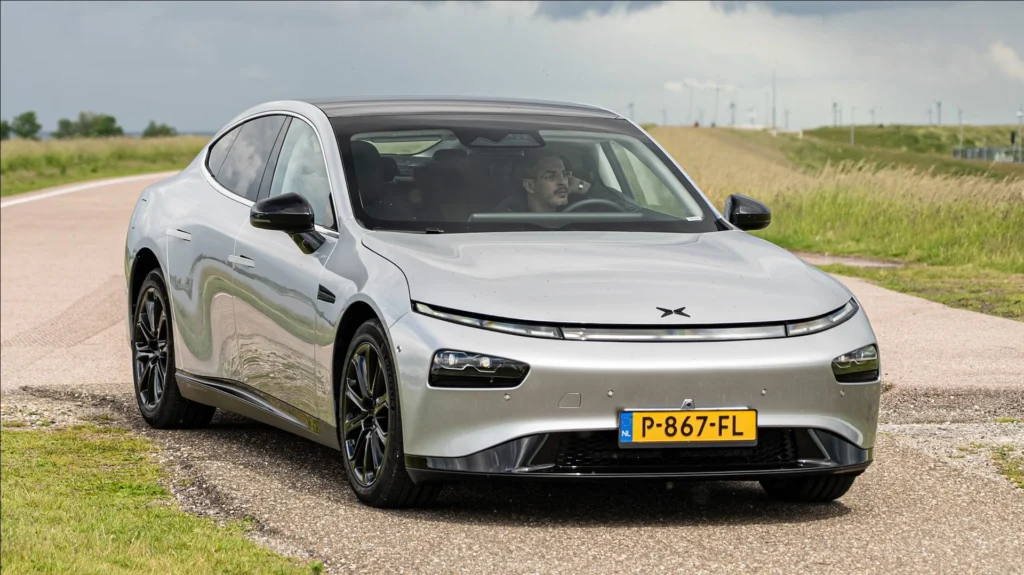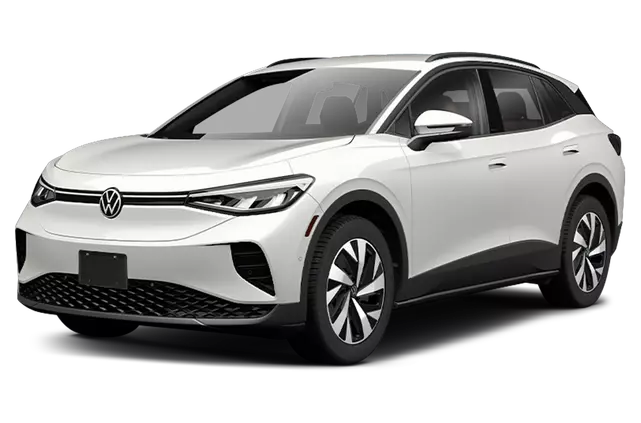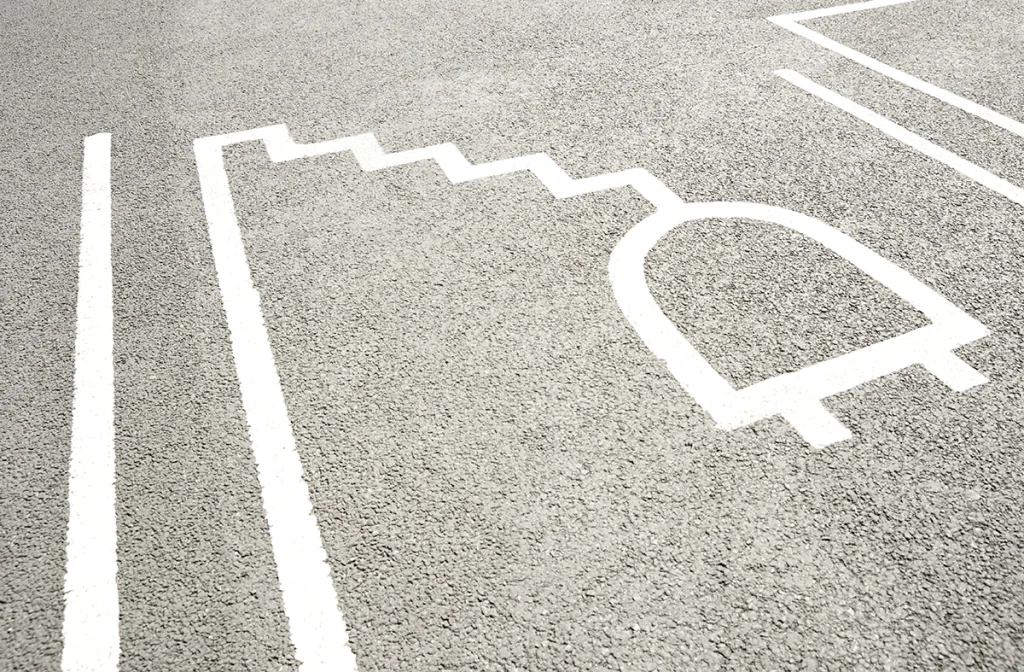After a year of meticulous preparations, XPeng, a Chinese electric vehicle (EV) manufacturer, is ready to make its mark in the European market. Starting with a careful launch in Norway, XPeng is now expanding its reach to Denmark, Germany, the Netherlands, Belgium, and Luxembourg.
Image courtesy of: motortrend
The company aims to establish a robust sales and service infrastructure in each country to ensure a seamless ownership experience for its customers. To introduce its models to the European market, XPeng invited journalists from various European countries to Amsterdam, the center of its European logistics operations.
The focus of this XPeng P7 Review is the XPeng P7, a premium sedan that promises to deliver exceptional performance, range, and technology.
XPeng P7: An Overview
The XPeng P7 is part of the company’s first generation of battery electric vehicles (BEVs) and showcases the brand’s commitment to innovation and technological advancements. Built on the “Smart Electric Platform Architecture” (SEPA2.0), XPeng’s proprietary modular platform, the P7 offers a range of variants and customization options. With its sleek design and advanced features, the P7 aims to challenge established players in the European electric vehicle market, such as Tesla and Hyundai.
Competition in the EV Market
For a while, the Tesla Model 3 has been the go-to small electric saloon. However, its position is now being challenged by newcomers like the Hyundai Ioniq 6 and the upcoming BYD Seal. The XPeng P7 is another contender that aims to make its mark in the European market within the next 18 months to two years. Despite being a relatively young brand, XPeng has ambitious plans to produce up to 800,000 cars per year and expand its reach across Europe. With the P7’s impressive features, XPeng aims to compete with established players like Tesla and make a name for itself in the electric vehicle industry.
Design and Features of the XPeng P7
The XPeng P7 sports a contemporary and aerodynamic design that exudes elegance and sophistication. The car’s exterior features smooth lines and curves, with a distinctive “X robot face” front end that adds a touch of futuristic appeal. Despite its length of almost 4.9 meters, the P7 manages to maintain a sleek and agile appearance.
Inside the cabin, the P7 offers a spacious and comfortable environment. The use of premium materials and attention to detail create a luxurious ambiance. The panoramic roof allows natural light to flood the cabin, enhancing the overall sense of openness. The seats are ergonomically designed and provide excellent support, making long journeys a comfortable experience for both the driver and passengers.
The P7 comes equipped with an array of advanced features and technologies. The digital dash, with its 10.25-inch screen, provides all the necessary information at a glance. The central touchscreen, a 15-inch unit, controls various functions, including the infotainment system and driver assistance systems. Standard features include adaptive cruise control, lane keep assist, forward collision warning, and autonomous emergency braking. The XPeng P7 truly represents a “software-defined car,” with its end-to-end software architecture that controls everything from driver assistance systems to AI capabilities.
XPeng P7 Performance and Powertrain
The XPeng P7 offers impressive performance and range thanks to its advanced powertrain technology. The entry-level RWD Long Range model features a single rear-mounted electric motor that delivers 272 horsepower and 440 Nm of torque. With a WLTP range of 358 miles and a 0-62 mph time of 6.7 seconds, it offers a compelling option for those looking for a balance between range and performance.
For those seeking even more power, XPeng offers two dual-motor versions of the P7. These models, known as the Wing Edition, boast a combined power output of 467 horsepower and 757 Nm of torque. With their supercar-esque scissor front doors, these models accelerate from 0-62 mph in just 4.1 seconds. However, the range is slightly reduced to 314 miles, reflecting the trade-off between performance and efficiency.
The P7’s powertrain architecture plays a crucial role in its charging capabilities. The 400V architecture of the P7 allows for a maximum charging capacity of 175 kW, while the 800V architecture of the G9 SUV enables charging speeds of up to 350 kW. These charging capabilities ensure that the P7 can be quickly recharged, minimizing downtime and providing convenience for owners.
Driving Experience and Refinement
The XPeng P7 offers a refined and enjoyable driving experience. The instant torque provided by the electric motor allows for brisk acceleration, making overtaking effortless. XPeng’s engineers have paid close attention to input modulations, resulting in smooth acceleration and braking, a characteristic not always found in Chinese EVs.
The P7’s ride quality is commendable, with low levels of wind, tire, and mechanical noise. The suspension setup, with its multi-link design, effectively absorbs road imperfections, providing a comfortable and composed ride. The steering is precise and well-weighted, enhancing the overall driving dynamics of the car.
XPeng P7 Charging Capabilities
At the heart of the XPeng P7 lies a sophisticated powertrain architecture designed to deliver optimal performance and efficiency. With variants ranging from 400V to 800V, XPeng offers customers the flexibility to choose the charging capabilities that best suit their needs. The P7’s 400V architecture boasts a practical max charging capacity of 175 kW, while the 800V architecture can charge at an impressive 350 kW or even 400 kW with compatible chargers.
XPeng’s Journey and Future Plans
the XPeng P7 represents a paradigm shift in the automotive industry, heralding a new era of electric mobility. With its innovative design, cutting-edge technology, and competitive pricing, the P7 challenges conventional notions of what an electric sedan can be.
The P7 has already been successfully launched in Norway and is set to enter Sweden, Denmark, and the Netherlands in the second quarter of 2023. XPeng is also planning to introduce a midsize SUV called the G9, featuring an 800-volt electrical architecture and a Lidar-supported autonomous drive system.
This Vhienese electric vehicle has left a lasting impression, setting a new standard for excellence in the EV market. With its combination of performance, technology, and affordability, the P7 is not just a car—it’s a symbol of progress and innovation, signaling a brighter future for generations to come.


